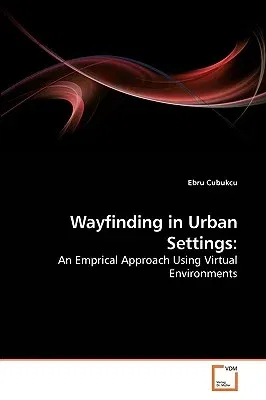Ebru Cubukcu
(Author)Wayfinding in Urban SettingsPaperback, 5 May 2010

Qty
1
Turbo
Ships in 2 - 3 days
In Stock
Free Delivery
Cash on Delivery
15 Days
Free Returns
Secure Checkout
Print Length
164 pages
Language
English
Publisher
VDM Verlag
Date Published
5 May 2010
ISBN-10
3639247264
ISBN-13
9783639247268
Description
Product Details
Author:
Book Format:
Paperback
Country of Origin:
US
Date Published:
5 May 2010
Dimensions:
22.86 x
15.24 x
0.97 cm
Genre:
Urban
ISBN-10:
3639247264
ISBN-13:
9783639247268
Language:
English
Location:
Saarbrucken
Pages:
164
Publisher:
Weight:
249.48 gm

